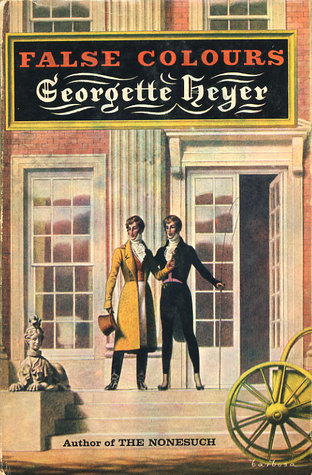Historical Food Fortnightly 2016 Week 2:
Culinary Vices
The Challenge: Culinary Vices
The Recipe: No Bake Fudge Cookies, 1960s USA
No Bake Fudge Cookies
I cheated a bit here because we have SO much food left over from Christmas that I hated to make something else that wouldn't get eaten. My dad was wishing for more of his mother's famous "No Bake Fudge Cookies." (We ate all the Christmas batch and had a lot of leftover ingredients). This is one of my signature recipes but to make it comply with challenge rules I consulted primary sources but chose to make my Nonnie's original recipe we all love. That makes it fall into the "culinary vices" category. ;-)
Fudge Cookies
2 c. sugar
2. c. brown sugar
1 c. butter
1 c. milk
2 c. chocolate pieces
4 c. quick cooking oats
1 c. nuts
1 c. coconut
Bring sugars, butter, and milk to a boil; boil for two minutes. Place remaining ingredients in a large bowl; pour hot mixture over oat mixture. Mix well. Drop from teaspoon onto waxed paper. Yield 8 dozen.
Favorite Recipes of America Desserts Edition, 1966, p. 147
Combine with the following baked cookies:
Coconut Fingers
1. c. brown sugar
2 eggs
1 tsp. vanilla flavoring
2 c. chopped dates
1 c. chopped nuts
2 c. coconut
Mix all ingredients except coconut; mix well. Drop dough by heaping teaspoonfulls into coconut; roll like fingers. Place on ungreased cookie sheet. Bake at 350 degrees for 10-12 minutes or until golden brown. Yield: 2 doz.
Mrs.Ethel M. Miller, Favorite Recipes of America Desserts Edition, 1966, p. 156
Coconut Oat Drops
1 egg beaten
1/2 c. sugar
1 tsp. melted shortening
1/2 tsp. vanilla
1/2 c. rolled oats
1/2 c. chopped nuts
1/2 c. coconut
1/2 tsp. salt
1 T. honey
The Culinary Arts Institute Encyclopedic Cookbook Deluxe Edition, Culinary Arts Institute, Chicago, 1973
How Did You Make It:
Nonnie's No Bake Fudge Cookies
1/2 c. sugar
1/2. c. brown sugar
1 stick butter
1/4 c. milk
1/2 c. chocolate chips
2 c. quick cooking oats
1/2 c. chopped dates
1/2 c. chopped nuts
1 tsp. honey
all the flavors you can mix*
1 bag coconut
Melt sugars, butter, milk and chocolate chips with honey, flavorings and dates in a saucepan. Cook until hot enough to add the oats. Stir in oats. Once oat mixture has cooled a little, roll batter into a ball and into a log. Roll log in coconut.
"All the flavors you can mix" typically meant whatever liquors she had on hand such as Kahlua (enhances the chocolate flavor) and any extracts like vanilla or almond.
original recipe
My sinful ingredients include:
Chocolate Chips
1 stick of butter
sugar (white and brown)
sweetened dried coconut
*nuts (depending on whether you consider them sinful)
"flavors" Nonnie's signature Kahlua 1/4 tsp.
and I found this in the liquor cabinet that looked like it would go well with chocolate cookies!
1/4 tsp.
Non-sinful ingredients include:
1% milk
honey
oats
orange peel
dates
*nuts (depending on whether you consider them sinful)
Time to Complete: An hour or so allowing for the mixture to cool
Total Cost:
$13.49 plus flavors (We had all the ingredients on hand)
How Successful Was It?:
I don't usually add the special flavors but the liquors really enhance the chocolate flavor of the cookies. The orange undercuts the sweetness a bit. I pronounce these my best ever! Now I need to work on the shaping.
How Accurate Is It?: 90%?
I don't usually add the special flavors but the liquors really enhance the chocolate flavor of the cookies. The orange undercuts the sweetness a bit. I pronounce these my best ever! Now I need to work on the shaping.
How Accurate Is It?: 90%?
See above for the history of no bake cookies. My Nonnie's recipe combines a couple of typical 1960s cookie recipes and adds her own flair, which made this recipe fall into the "culinary vices" category.
















